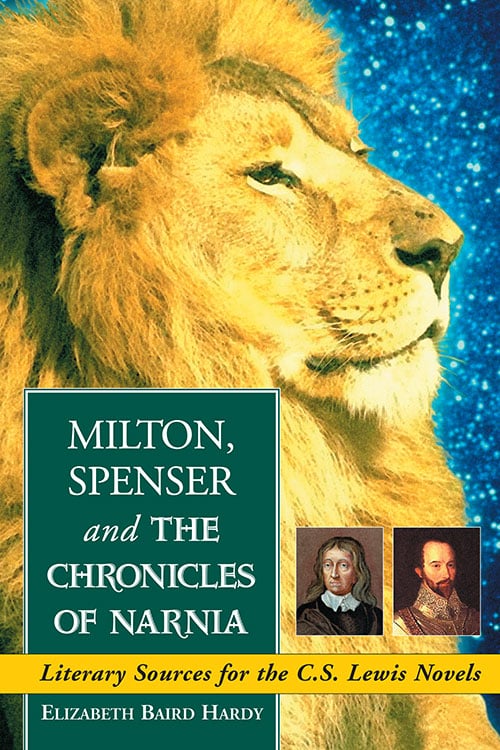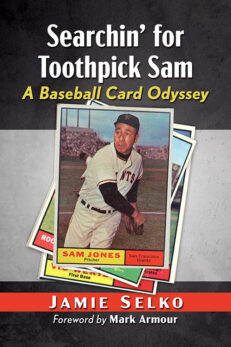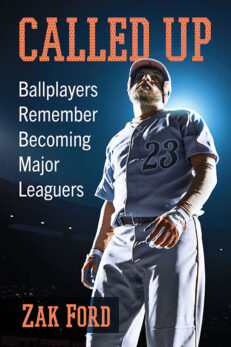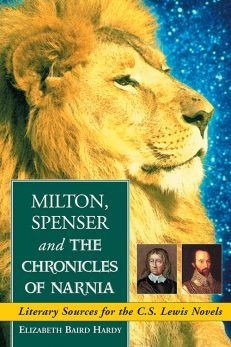Milton, Spenser and The Chronicles of Narnia
Literary Sources for the C.S. Lewis Novels
$29.95
In stock
About the Book
In 1950, Clive Staples Lewis published the first in a series of children’s stories that became The Chronicles of Narnia. The now vastly popular Chronicles are a widely known testament to the religious and moral principles that Lewis embraced in his later life. What many readers and viewers do not know about the Chronicles is that a close reading of the seven-book series reveals the strikingly effective influences of literary sources as diverse as George MacDonald’s fantastic fiction and the courtly love poetry of the High Middle Ages. Arguably the two most influential sources for the series are Edmund Spenser’s The Faerie Queen and John Milton’s Paradise Lost. Lewis was so personally intrigued by these two particular pieces of literature that he became renowned for his scholarly studies of both Milton and Spenser. This book examines the important ways in which Lewis so clearly echoes The Faerie Queen and Paradise Lost, and how the elements of each work together to convey similar meanings. Most specifically, the chapters focus on the telling interweavings that can be seen in the depiction of evil, female characters, fantastic and symbolic landscapes and settings, and the spiritual concepts so personally important to C.S. Lewis.
About the Author(s)
Bibliographic Details
Elizabeth Baird Hardy
Format: softcover (6 x 9)
Pages: 196
Bibliographic Info: notes, bibliography, index
Copyright Date: 2007
pISBN: 978-0-7864-2876-2
eISBN: 978-0-7864-8363-1
Imprint: McFarland
Table of Contents
Acknowledgments vi
Preface 1
A Note on Citations 5
Introduction 7
I. The Depiction of Evil: Women of Power and Malice 17
II. The Depiction of Evil: Men, Mortals, Monsters, and Misled Protagonists 51
III. Girls Whose Heads Have Something Inside Them: The Characterization of Women 77
IV. An Inside Bigger Than Its Outside: Setting and Geography 107
V. Knowing Him Better There: Spirituality and Belief 135
Conclusion 159
Chapter Notes 163
Bibliography 177
Index 183
Book Reviews & Awards
- “A good addition”—Catholic Library World
- “Meticulously referenced…an ideal introduction to the critical debates surrounding Lewis’s most widely read works…useful reference”—Children’s Literature Association Quarterly





